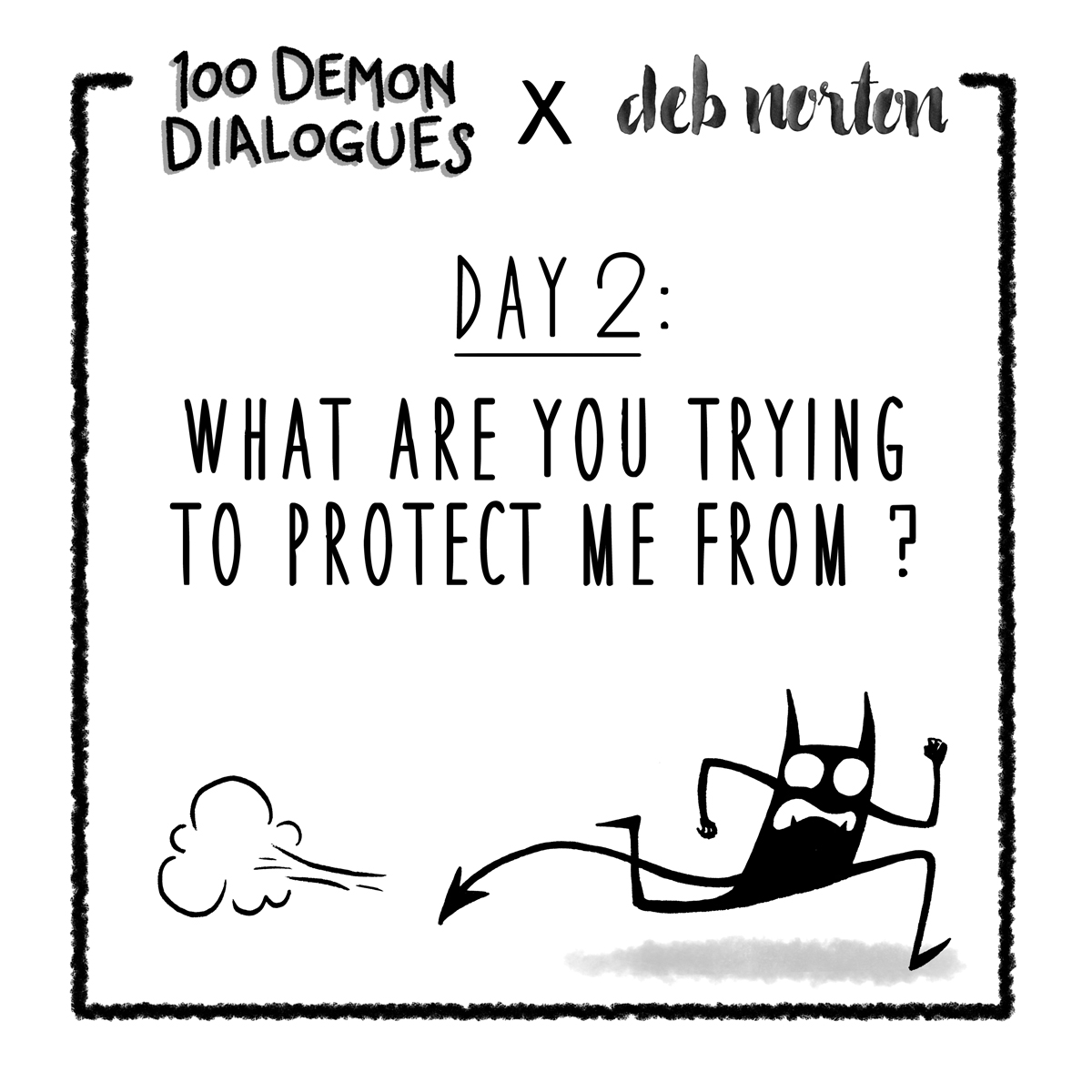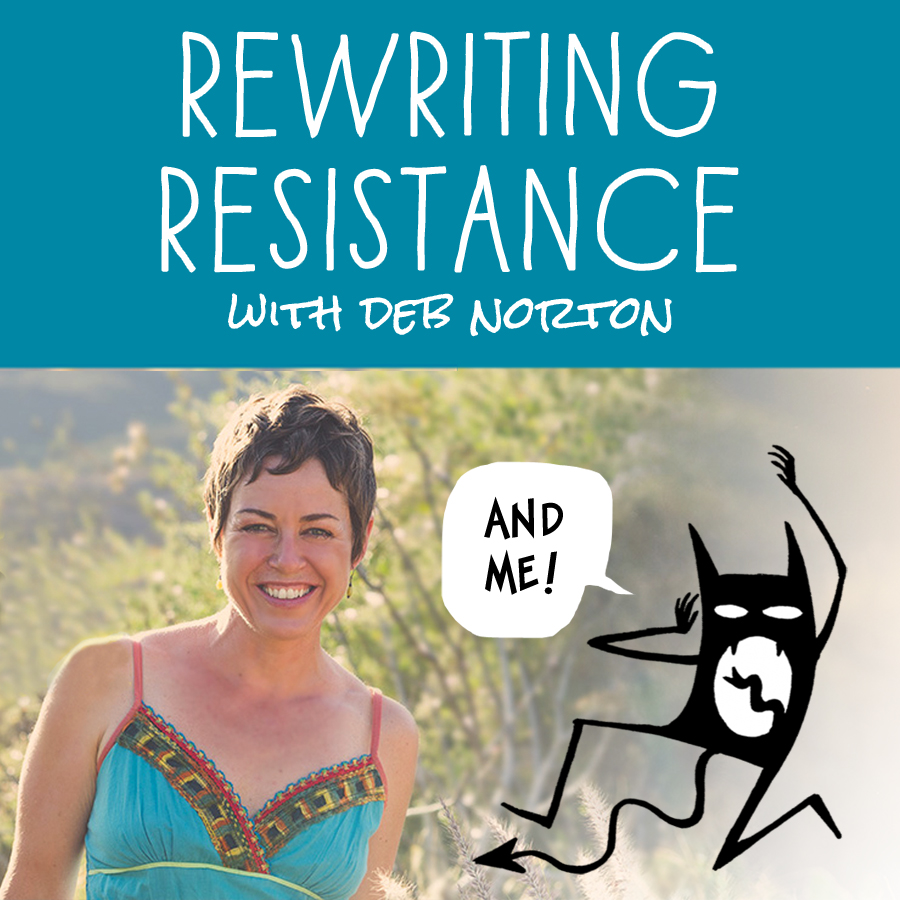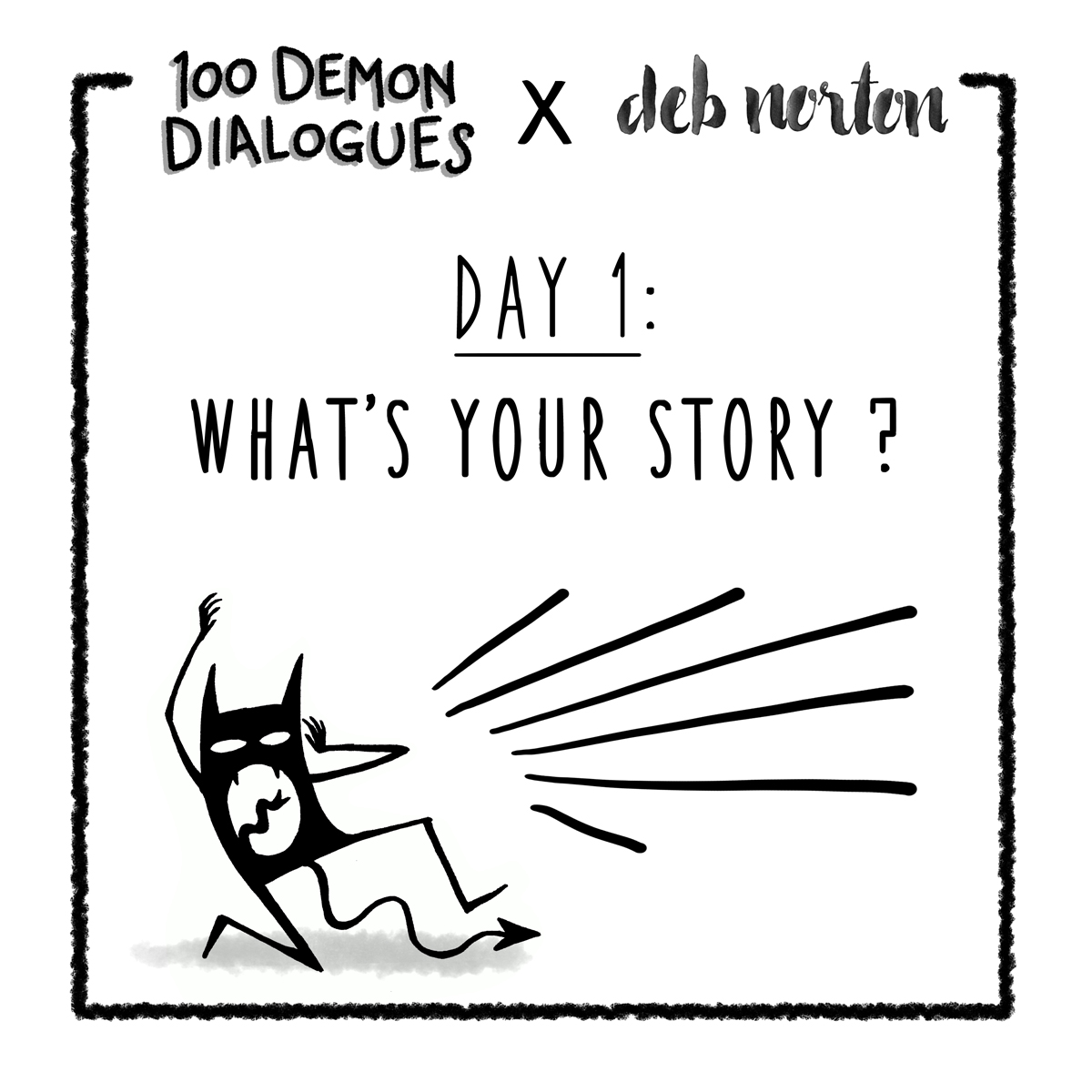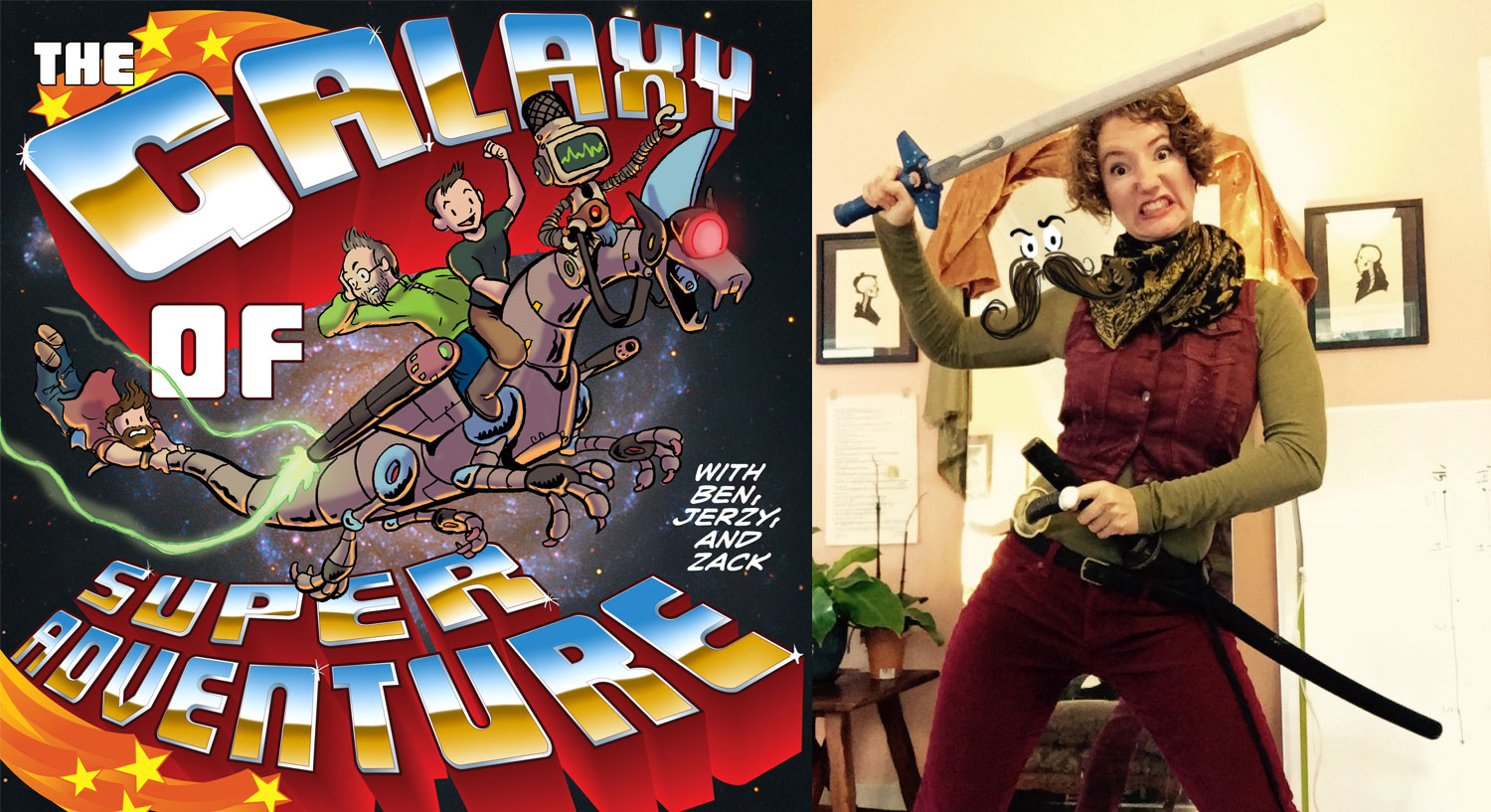Hi readers! This blog has been relegated to acting as an occasional announcement board for the last few years as I’ve focused my attention on other platforms, but I have some educational tidbits I’d love to share somewhere more permanent. So let’s try something new!
I’ve assembled this not-so-brief essay introduction to a couple common methods of comics distribution AKA “Getting Your Stuff Where People Can See It in the Retail World” that I’d love to share with you. I wrote it in response to an email from a comics friend I’d mentored some months ago, which contained the following conundrum:
I tabled at DC Zinefest today (my first fest!) and a couple of people from a comic book store (Big Planet on U st) and a record store approached me about buying some copies to sell in their stores. They threw around words like “wholesale” and “consignment” and I have no idea what any of this means! Could I ask you some questions about the business end of making/selling comics? I honestly did not expect any of this and I am a little overwhelmed by it all!
When I sat down to answer I accidentally wrote a substantial primer on the subject, so I reproduce it here in the hopes that it will prove useful to some of you down the line!
Eh-HEM.
Section 1: Wholesale vs. Consignment
So when a retailer (like a comic shop or record store) buys stuff to sell, they’re generally buying it in bulk from a distributor (someone who handles sales for a wide variety of titles) at wholesale prices. This can mean a variety of things, but as far as you (an independent creator) are concerned, it’s generally around 50% of the retail or “cover” price on anywhere from two to ten copies of your work. Often a professional distributor (the big one in our industry is called Diamond Comics) is dealing with such a wide variety of stock and such large numbers that the discount is much deeper, but for smaller folks like us 50% is a decent shorthand. A retailer asking to buy from you wholesale is a good thing, because money changes hands up front, your comics get to go somewhere you don’t personally have to sell them, and you don’t have to keep tabs on how many copies you’ve got hanging around the shop on consignment.
There’s that word! What the heck is it.
Consignment is a slightly different process where a retailer will take some copies of your book for a set period of time (anywhere from a few weeks to six months or more) and see if they sell in the shop. At the end of that time period, they’ll cut you a check for the goods that sold (if any), generally splitting it 60/40 with the greater share going to you. Not every retailer is the same, though! Some have a 70/30 split, others 50/50. They’re basically avoiding the gamble of paying for something up front when they don’t know if it’ll sell.
Now: as you may’ve noticed, consignment leaves a far broader range of opportunities for things to go squirrelly. Retailers can lose track of how many copies you game them. They can forget to follow up with you after the set period of time. I myself recently received a check for a whopping six dollars and eighty cents four years after leaving some copies of my Baggywrinkles minicomics at a comic shop in Chicago. (Their contract technically said that if I hadn’t been in touch after eight months I forfeited ownership of my books, so I actually thought it was pretty big of them to get back in touch and pay me.)
Anyway. Point being: if a store has a wholesale option in place, go for it. It’s a huge pain to keep track of all the moving parts involved in consignment stuff, and I’ve found it way simpler to just know that my comics will be going somewhere new and I’ve got a little money up front.
Section 2: DIY Distribution
What happens if you don’t get approached by retailers at conventions? ASK THEM FIRST! You can go into any comic shop, bookstore, or other neat emporium and ask the person at the register “Hey, do you have a consignment or wholesale program for small press publications? Could I ask about the terms?” A surprising number of shops do! Some places have a specific buyer who will need to take a look at your stuff and see if it’ll be a good fit, other places will just take any old thing from folks who come in.
Full disclosure: consigning my stuff at a comic shop for the first time was easily one of the Top Ten Most Horrifying Moments of My Entire Career Thus Far. I stood in front of this very kind cashier trembling like a leaf while they looked over my itty bitty comics and eventually, after a stretch of silence in which I’d decided I really was garbage and no one in their right mind would ever want to sell my work in any professional capacity, agreed to take six copies for the store. It was purgatory. It was dreadful. It is still dreadful. I’m a published author and I was still almost too shy to offer to sign the copies of my book they had at Powell’s because I didn’t want to make a fuss. THAT IS OKAY. FEAR IS NATURAL. DO IT ANYWAY.
It never hurts to ask a retailer if they’d like to carry your work.And don’t limit yourself to comic shops! If you make work that has a particular audience (horticulturists) check out local shops that cater to that crowd (nurseries).
Section 3: Professional (Indie) Distribution
Diamond Comics aside, there are rare, excellent humans who take it upon themselves to run distro companies specifically for small press people (and take a cut, obviously). The newest is Emerald Comics Distro up in Seattle. Anne Bean, who launched the operation earlier this year, has been doing an incredible job working with a wide variety of creators to get their work into comic shops in the Pacific Northwest. She’s got plans to take her operation national down the line, but for now she’s fine-tuning it in the region and it seems to be going really well. I started selling mini comics with her a couple months ago and it’s been a total pleasure at every turn.
She works with shops that do wholesale and consignment, but here’s the great part: she keeps track of all the fiddly details. With spreadsheets. It’s a thing of goddamn beauty. This is really the only situation in which consignment makes sense for me, because I’d forget my own head if it wasn’t screwed on and it’s just nonsensical otherwise.
Section 4: Profit Margins
The downside to all of this from a pricing perspective is that making minicomics is a pretty rough sell if you’re looking to turn any kind of significant profit.
Here are some numbers to demonstrate:
The little 24-page color travelogue minis I make here in Portland cost about $3 a copy to produce. (Note: this is because I am a big ol’ stuffypants about things like paper quality and color fidelity, so I could likely get them for cheaper, but I like making things that really look and feel good.) My rule of thumb for pricing is to triple to production cost. I used to sell them for $10 each, but dropped the price to $8 after they weren’t so new and shiny anymore. If a retailer buys those for $4 (50% of the cover price), I profit $1 per issue. If I make that sale through a distributor who takes a percentage of every sale, I’m looking at more like eighty cents. Sobering, huh?
Contrast that with Baggywrinkles, which (being printed overseas on an offset press where thousands of copies can be made swiftly) cost about $1.12 PER BOOK. It’s mind-boggling. Those copies retail for $20! Of course: when the distributor and the store and everyone else have taken their cut, every copy sold through Amazon or Barnes & Noble only nets me about $5.50, so let’s not get carried away, but still. Copies I sell myself have a much better profit margin.
Basically: it’s always worth crunching the numbers to make sure you know what kind of money you stand to make.
Section 5: Conclusion
So where does that leave us? Personally, I think making and distributing minicomics is a great way to get your work out there and connect with fans, but not a massive money-maker in the long run. And that’s okay! Tabling at conventions for my first few years in comics wasn’t a consistent exercise in turning a profit either, but it demonstrated to my fellow creators (and to the fans I picked up along the way) that I was in it for the long haul, and that I’d keep making new work and sharing it with people. There is a lot to be said for showing up consistently and sharing your work.
Plus: once people are into your minicomics, you can build a fanbase that will support you making a book! And after that, a plush toy! And after that A ROCKET SHIP THAT IS ALSO AN 18TH-CENTURY NAVAL VESSEL.
…if I’m lucky.
Now go make some minis!
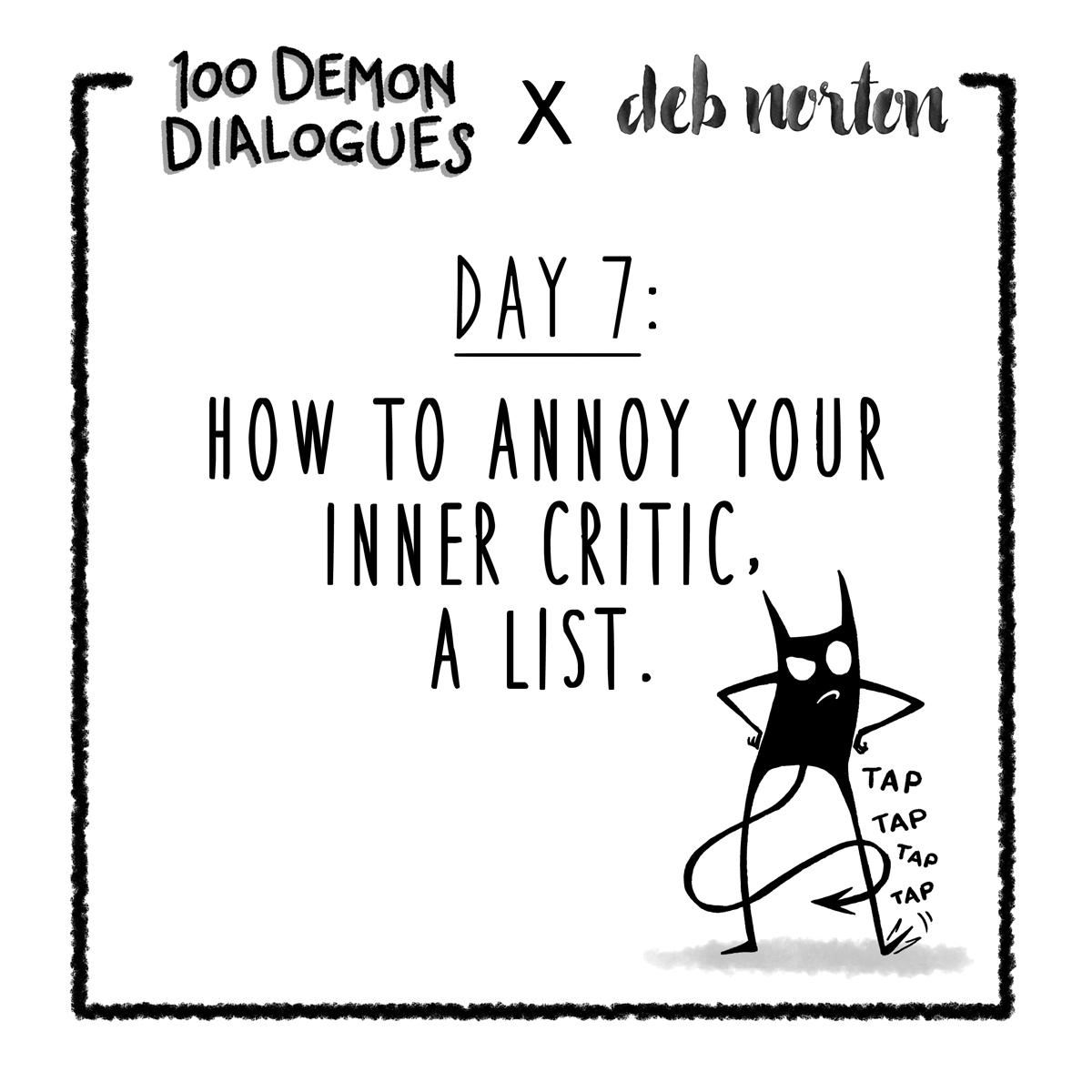

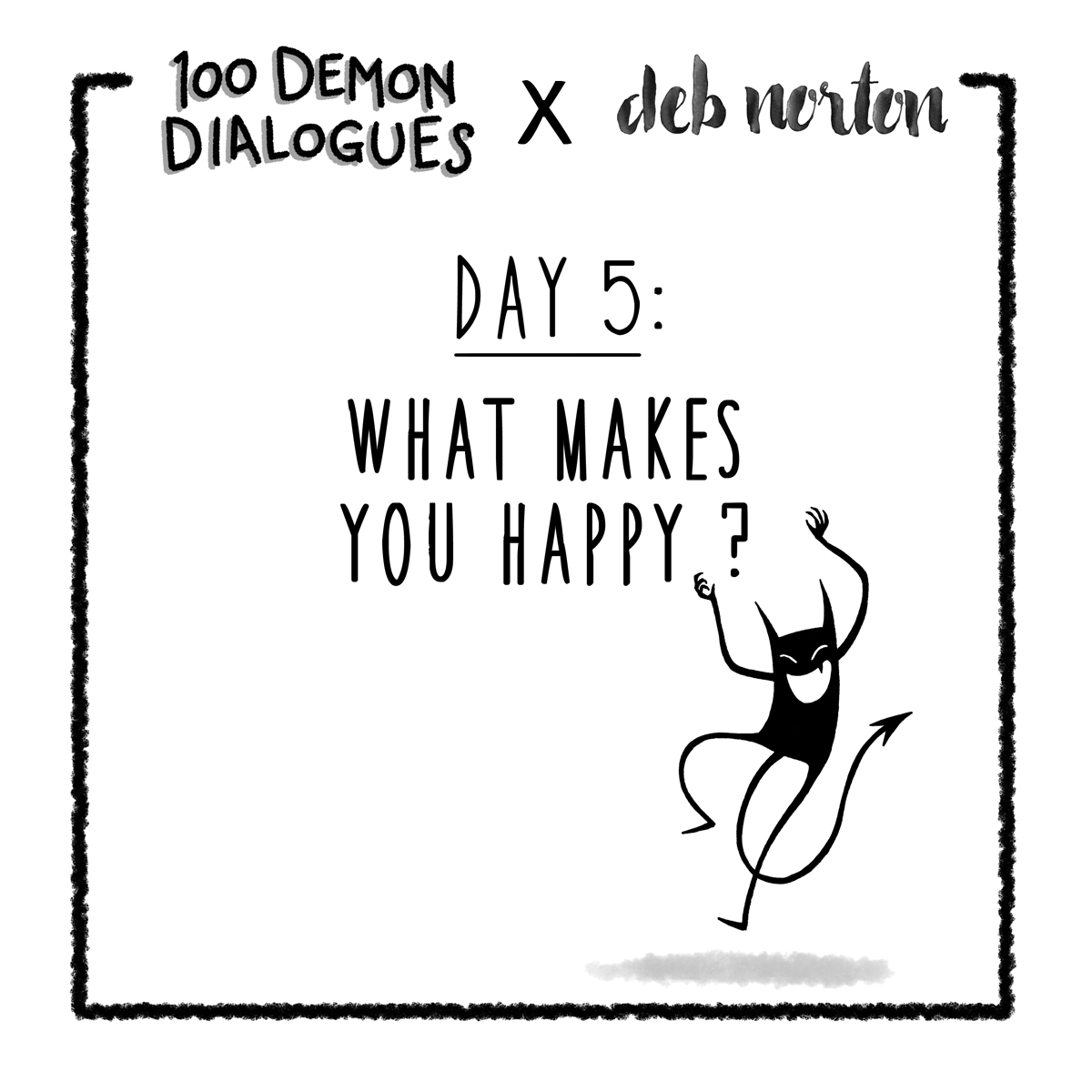
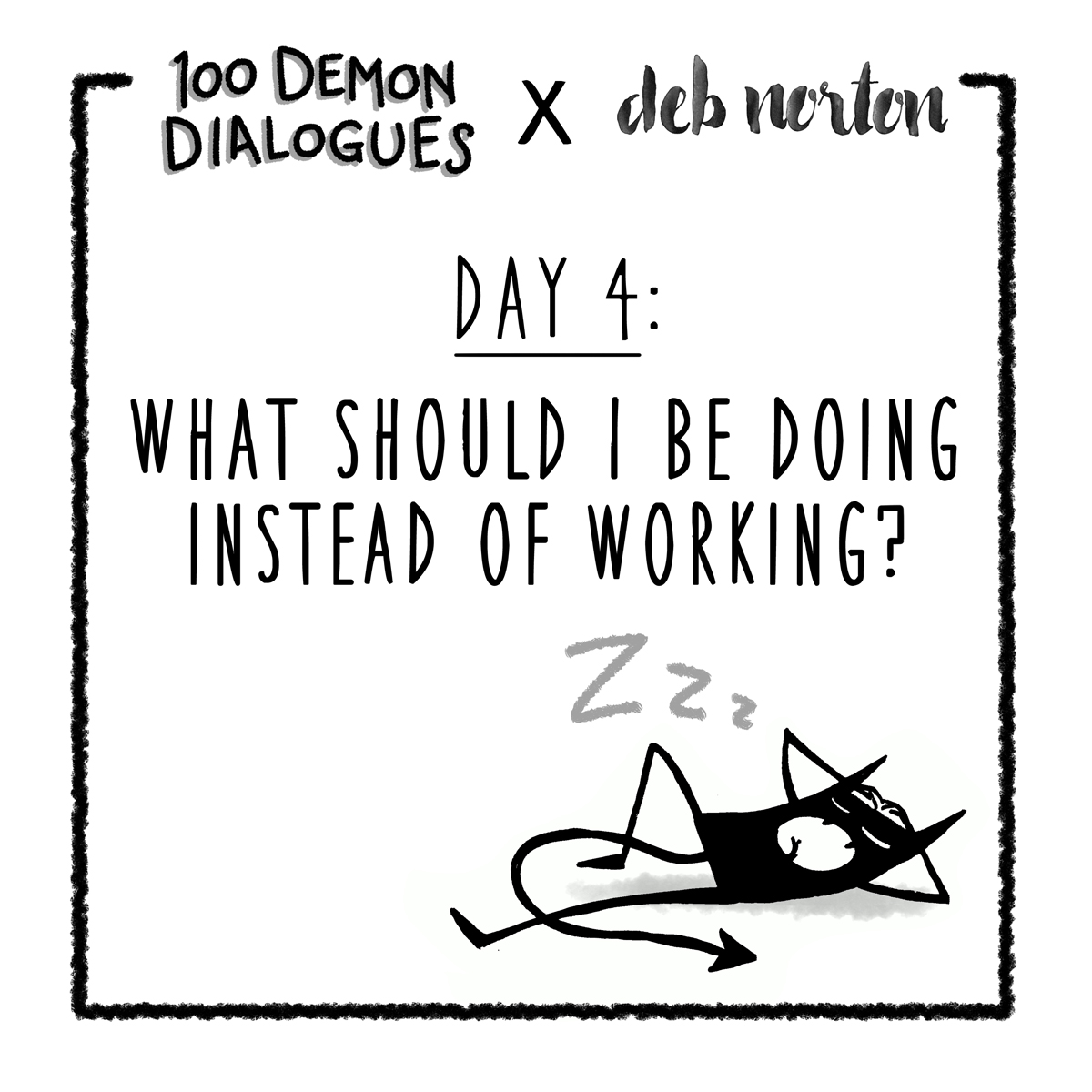
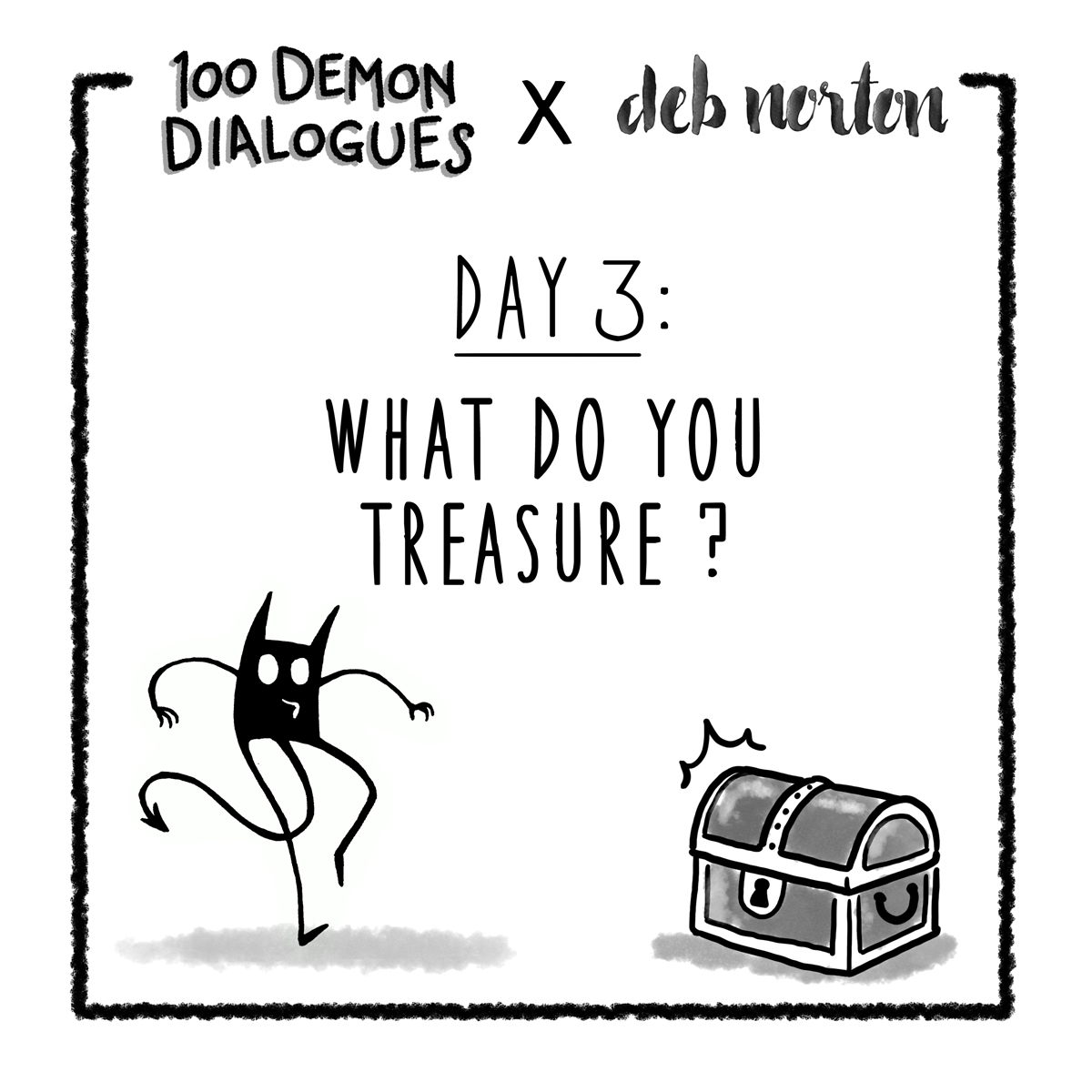 What is precious to your Inner Critic? What do they value above all else? Fame? Security? The knowledge that they’ve successfully prevented you from making a mistake?
What is precious to your Inner Critic? What do they value above all else? Fame? Security? The knowledge that they’ve successfully prevented you from making a mistake?